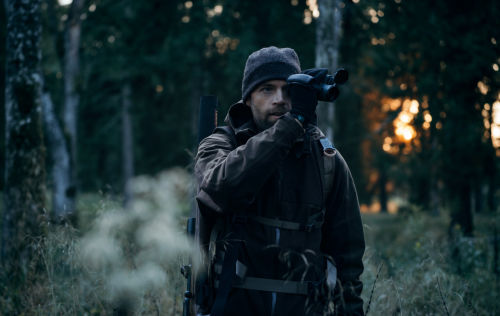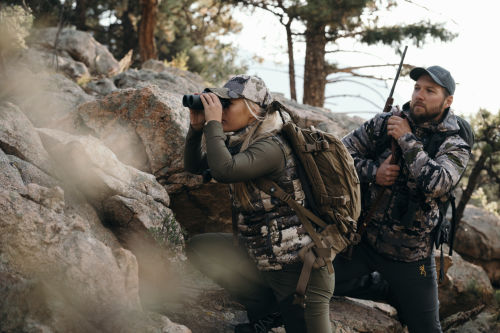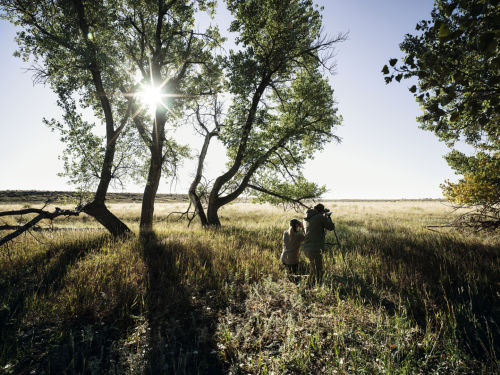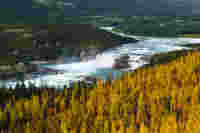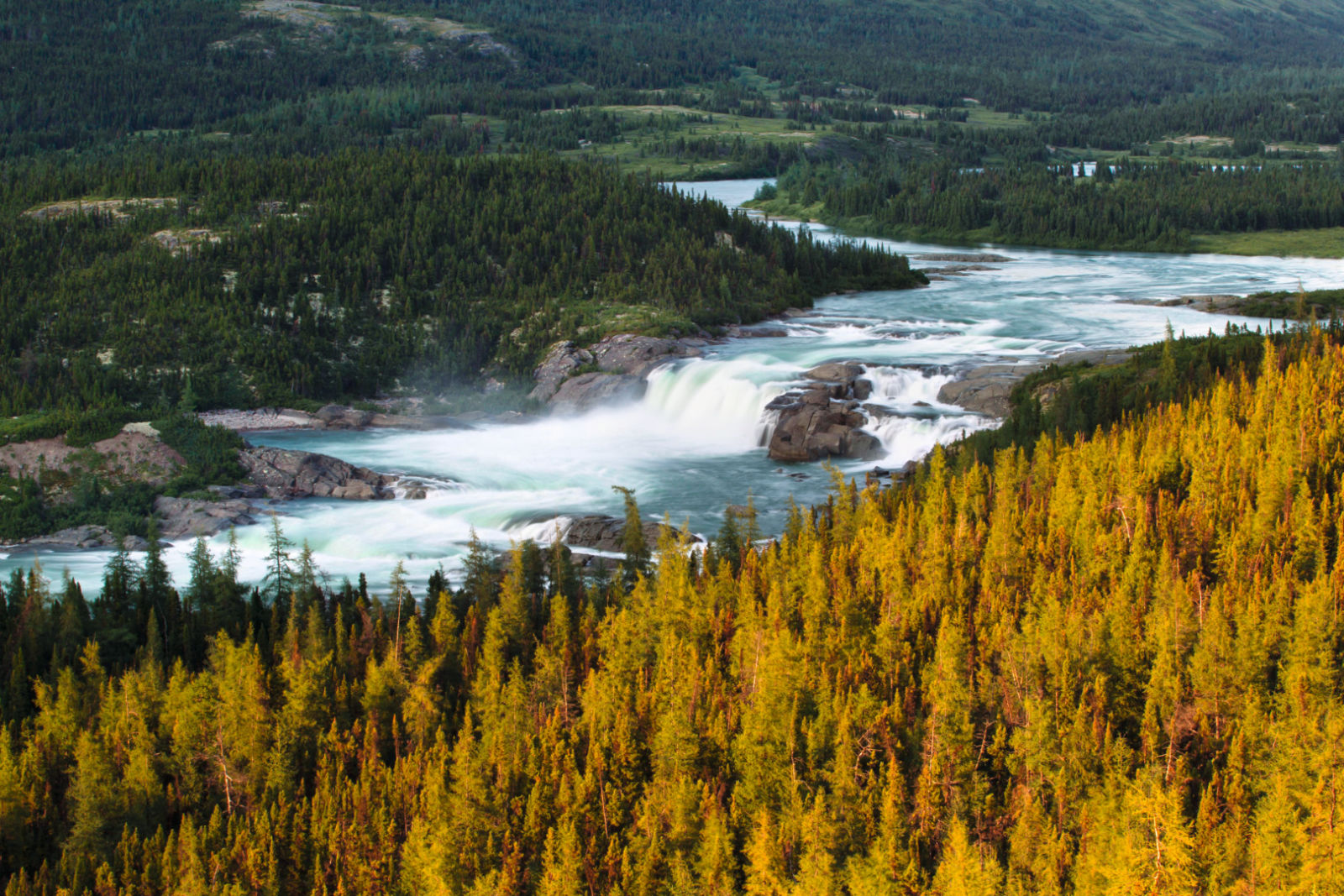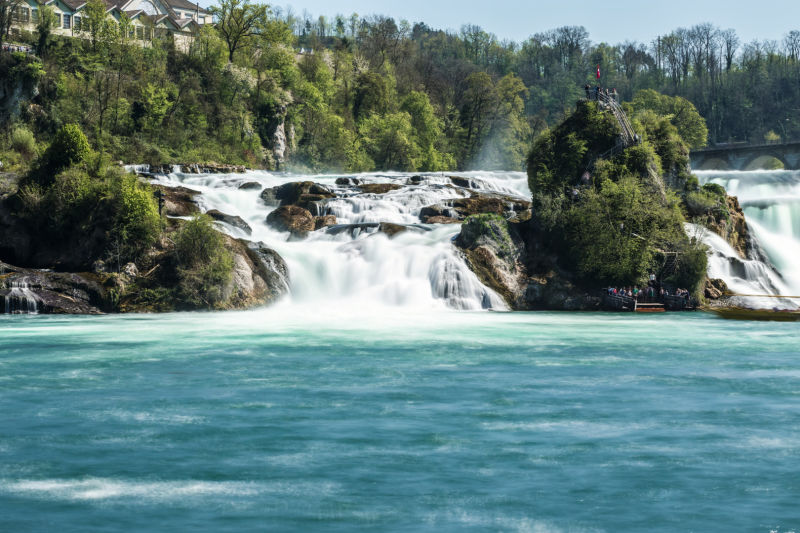The Atlantic salmon (Salmo salar) is a very demanding kind of fish. It requires a variety of different habitats that are rich in oxygen and not too warm. And as it grows, it moves from fresh water to the ocean and back again. This makes these strong swimmers a reliable indicator of water quality.
HEADING HOME UPRIVER
The migration of salmon from the sea to the rivers is well known and is an essential part of the fish’s lifecycle – it immediately makes us think of thousands of salmon leaping en masse. Young fish migrate from the rivers into the sea, where they reach sexual maturity and then return in their thousands to reproduce. Surprisingly, they return to spawn in the sections of water where they hatched years earlier. This behavior, known as “homing,” demonstrates their high cognitive abilities, something that is not normally associated with fish. Three senses are involved in helping salmon find their home waters: they are guided by the Earth’s magnetic field and visual landmarks, but most importantly by scent. In general, all salmon species have developed a remarkably fine sense of smell, which helps them to locate prey and even escape predators. Depending on the location of their breeding grounds, the sexually mature animals migrate in late summer or fall. This is extremely challenging and pushes the fish to their limits. Seas and rivers are not only different in terms of salinity but also their currents, water depth, and turbidity. In order to get to their original spawning grounds, they will swim distances of up to 700 kilometers (435 miles). The majority of males die from the exertion afterward, but 10-40 percent of females survive and overwinter in the river or return to the sea in the fall. Some of them will return to their home waters a year or two later to spawn.
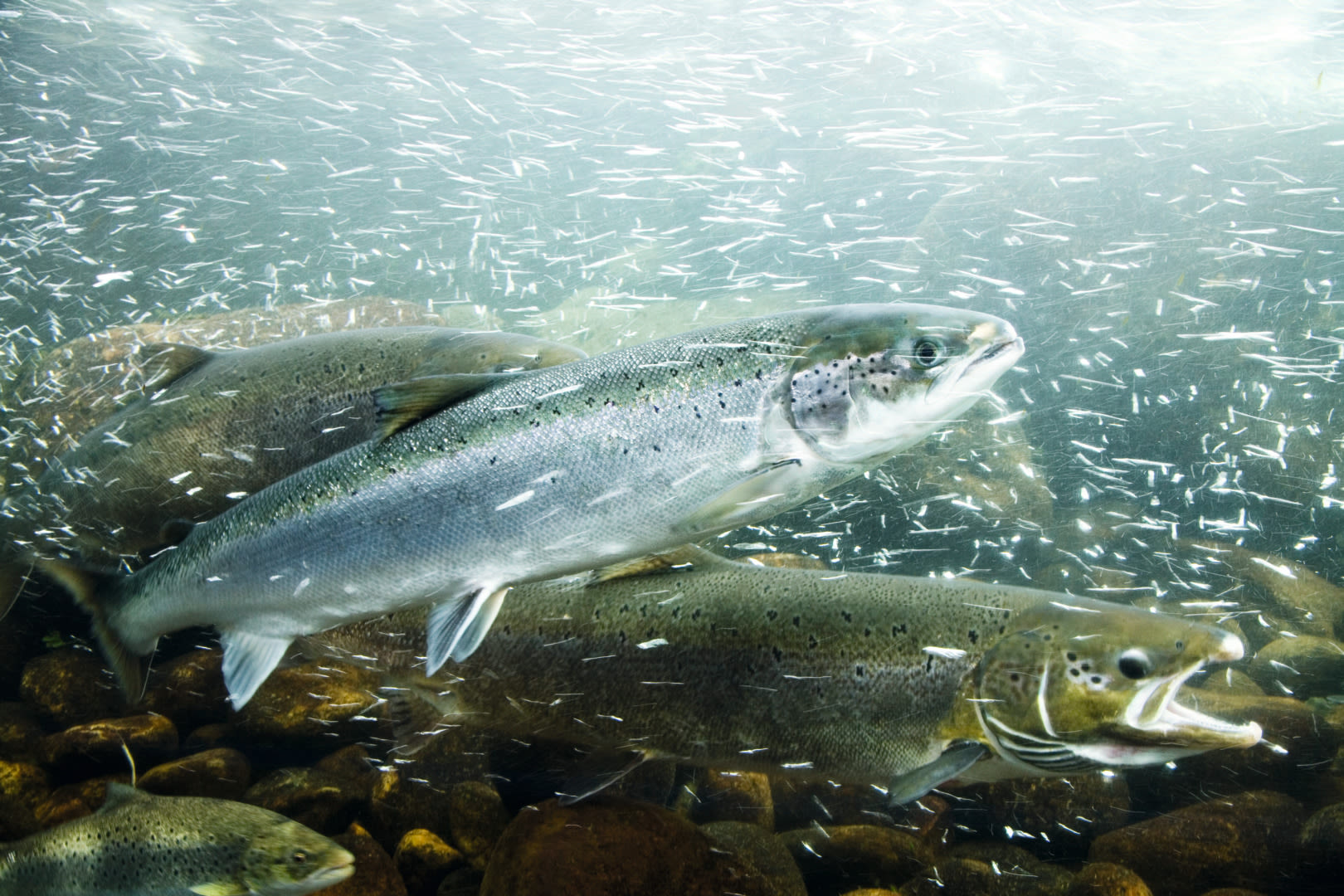
Its high demands in terms of habitat and its dependence on both salt- and freshwater make the salmon susceptible to a variety of problems. Transverse structures such as weirs and river power plants can prevent the salmon from reaching their spawning grounds. As a result, less than 40 percent of the world’s rivers sustain healthy salmon populations.
Protecting the last remaining natural salmon stocks is a major challenge. It is an urgent task, not just because of their cultural and economic value, but above all because they are essential for the entire ecosystem. For example, bears rely on the spawning grounds to build up their reserves in time for winter. Other predators also benefit from this short period of abundant food.
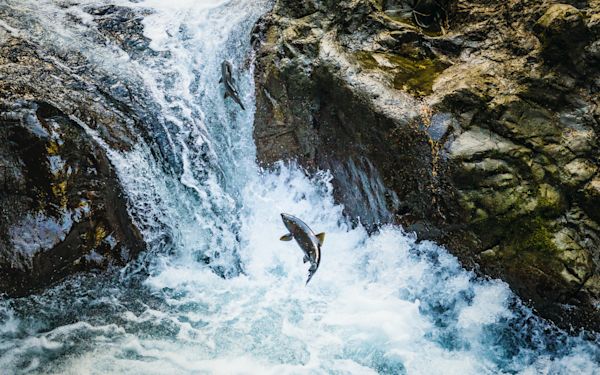
Wild Salmon
SALMO SALAR LINNAEUS, 1758
Classification: Family: Salmonidae (salmonids),
Class: Actinopterygii (bony fishes)
Historical distribution: Temperate and Arctic zones in the North Atlantic: in America from Quebec (Canada) to New York (USA); in Eurasia from northern Spain to the Urals (Russia), including the North and Baltic Seas, Greenland, Iceland, and the British Isles.
Stock: Historically 10-24 million adult fish, currently max. 5-8 million adult fish
Average age: 2-6 years
Average weight: 3-5 kg (6.5-11 lbs)
Average length: 0.7-1.2 m (2.3-3.9 ft)
Diet: Mollusks, crustaceans, and fish
ABOUT THE AUTHOR:
David Ramler, PhD, worked as a fish ecologist at the University of Vienna and is a freelance biologist. His latest research looks at restoration projects in the Danube.
